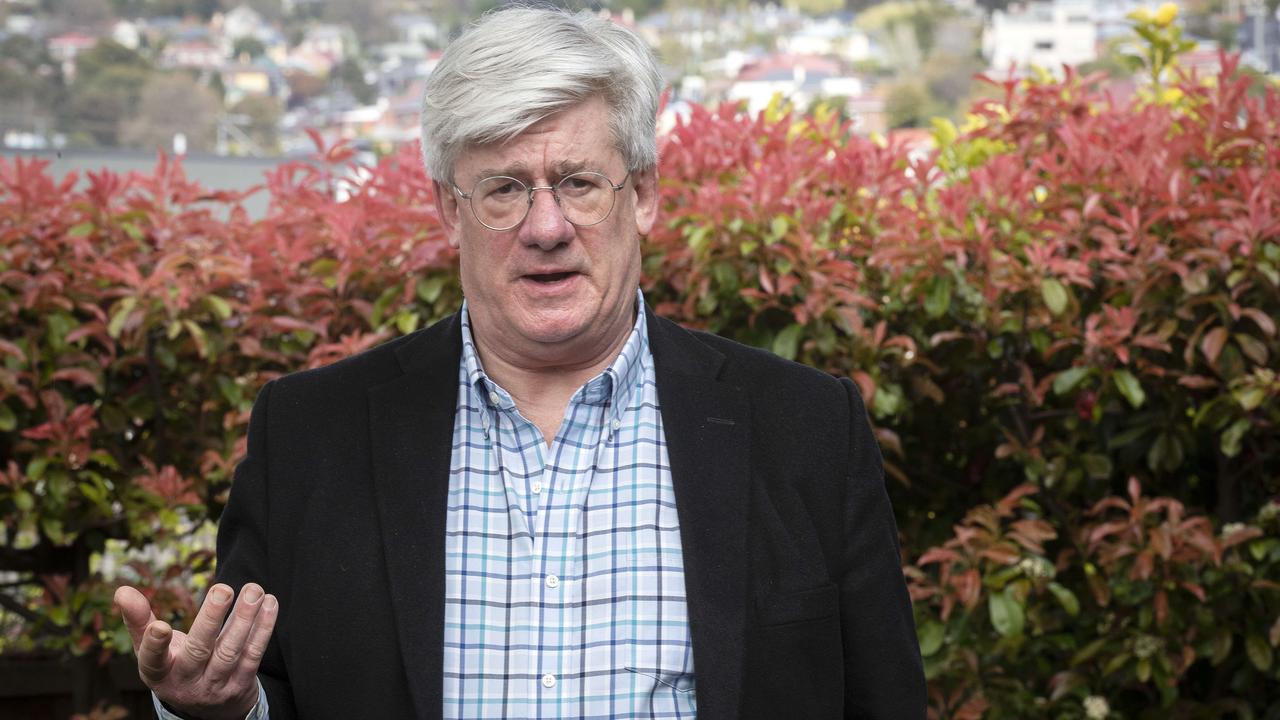Australian Economy
Australia stands at a crossroads, facing an intricate blend of domestic challenges and global uncertainties. With inflation trends shifting and potential international trade disruptions on the horizon, the nation’s economic future hangs in the balance.
Rising Threats and Global Impacts
As the world anticipates a potential second presidency of Donald Trump, the implications for Australia loom large. The interplay between the upcoming U.S. elections and the ongoing inflation battle underscores a critical moment for the global economy.

Recent Data Releases: Inflation Trends
The release of the latest quarterly inflation figures by the Australian Bureau of Statistics (ABS) was met with heightened anticipation. Market expectations were set at a 1.0% increase quarter-on-quarter for both the headline figure and the Reserve Bank of Australia’s (RBA) preferred measure, the trimmed mean.
These figures are pivotal, particularly as they are poised to be influenced by the Albanese Government’s $3.5 billion energy bill relief policy and other household subsidies.
The actual data aligned closely with forecasts: headline inflation stood at 1.0% quarter-on-quarter and 3.8% year-on-year. The trimmed mean inflation, however, was slightly lower than anticipated at 0.8% but still outpaced the RBA’s forecast with a 3.9% increase over the past year.
Key Drivers of Inflation
Breaking down the annual inflation by category, the highest contributors included alcohol and tobacco at 6.8%, insurance and financial services at 6.4%, healthcare at 5.7%, education at 5.6%, and housing at 5.2%.
Conversely, the categories with the least inflationary pressure were furnishings, household equipment, and services at -1.1%, recreation and culture at 0.9%, communication at 1.4%, clothing and footwear at 2.9%, and food and non-alcoholic beverages at 3.3%.
Notably, the largest decreases in inflation were observed in furnishings, household equipment, and services (-7.3%), recreation and culture (-5.9%), and food and non-alcoholic beverages (-4.2%).
These declines were primarily driven by reduced price growth in holiday travel and household goods. For instance, while domestic holiday travel inflation was 13.9% in June 2023, it has now dropped to -2.2% over the last year.
The Road Ahead: Inflation and Trade Uncertainties
Looking forward, the trajectory of Australian inflation remains uncertain. The initial reduction in inflation due to government subsidies may give way to a resurgence as these measures phase out.
Globally, the deflationary pressure from imported goods has been a key factor in managing inflation. However, geopolitical tensions, such as attacks on shipping routes through the Red Sea and Suez Canal, have led to rising shipping costs, impacting global trade.
Australia has been somewhat insulated from these cost increases, with shipping rates from Shanghai to Australia rising by 91.2% over the past year. Nonetheless, the potential re-election of Donald Trump introduces new risks, particularly concerning trade barriers.
Trump’s proposed tariffs, including a 60% levy on Chinese goods and a 10% tariff on all imports, could significantly elevate the cost of consumer goods worldwide.
Interest Rates and Market Reactions
Prior to the inflation data release, there was concern that a higher-than-expected trimmed mean inflation figure could compel the RBA to raise interest rates. Fortunately for borrowers, the data did not necessitate such a move.

Leading economists, including AMP’s Shane Oliver and Westpac’s Luci Ellis, suggest that interest rates may have reached their peak for this cycle. However, while the likelihood of a rate hike has diminished, the prospect of a rate cut remains distant, with market projections indicating a possible reduction only by March next year.
The complex interplay of domestic policy, global economic dynamics, and geopolitical risks continues to shape Australia’s economic landscape. The uncertainty surrounding inflation and interest rates, coupled with potential international trade disruptions, poses significant challenges for the future. As these factors evolve, staying informed and adaptable will be crucial for navigating the economic terrain ahead.


